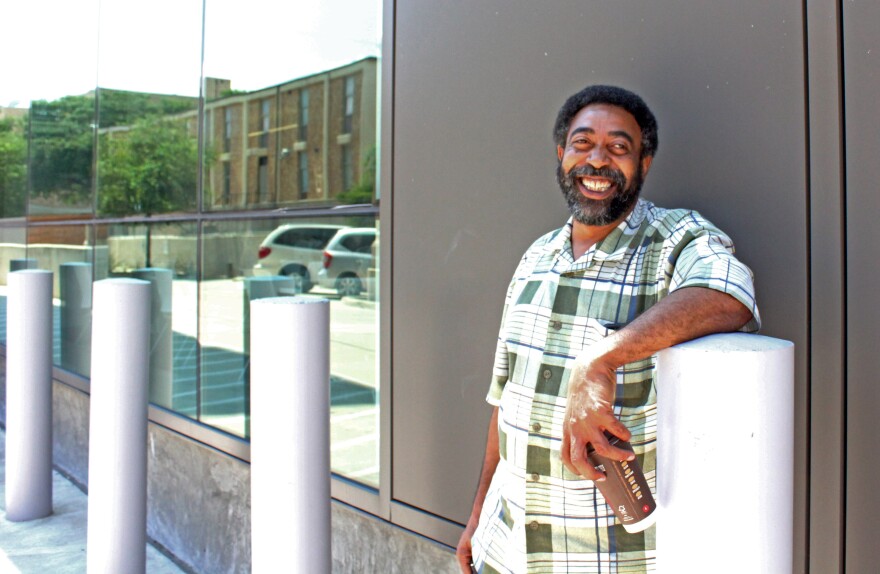At Black Star Co-op in North Austin, workers take food and drink orders, doling out burgers and beers on a recent weekday. Ask who owns the place, and the response might confound you: the members, or a select number of customers.
“We’re a member-owned business,” said employee Nicole Renaux. “So any customer can come in and become a member. But we are managed democratically by our workers.”
The cooperative business model has infiltrated much of Austin’s food and drink industry, from Wheatsville Co-op to the now-defunct Red Rabbit Bakery, which sold vegan treats until it closed down last year. And now the Austin City Council is set to okay a cooperative model for another industry – the taxi business.
David Passmore is a former Yellow Cab driver and the president of the Taxi Drivers Association of Austin. He led the campaign for a local taxi co-op.

“There’s no boss,” he said. “We’re all at one equal level and we’re striving to attain economic independence.”
Co-op cab companies aren’t unheard of. Recent firms have cropped up in Philadelphia and Denver; in San Francisco one has been running since the 1970s.
While they all share a similar model, they can differ significantly in how they operate. San Francisco Yellow Cab drivers work as independent contractors with company stock, while cabbies at the Union Cab Co-Op in Madison, Wisc. are treated as employees with full benefits.
As Passmore explained it, drivers will pay a weekly member fee of roughly $130 (compared to cab company fees for drivers ranging anywhere from $200 to $500 depending on whether or not you lease the vehicle). Keeping this price low is dependent upon getting all the 548 permits they’re asking for from the city.
As for take-home pay, drivers will get 100 percent of rider fares. Popular ride-hailing companies, such as Uber and Lyft, take roughly 20 percent of fares. Drivers would also be responsible for an equal pay-in of initial capital – anywhere from $1,000 to $1,500 per person.
The potential result is a completely driver-owned cooperative bolstered by a small board of directors elected by members. Passmore, who along with other taxi drivers took a course in cooperative business hosted by Cooperation Texas, said it’s a chance for the taxi industry to reinvent itself in the same way ride-hailing as a whole has – including more direct input from drivers.
“We just recognized that we had to do something rather than be left behind,” said Passmore. “Throughout the whole process [we want to] be at the table while the discussion is happening, because that’s one thing that the drivers didn’t have before. They didn’t have a seat at the table.”
Passmore said that while an OK from Council members would mean Austin riders have a fourth taxi company to call, he’s concerned with recent news that the city is looking to deregulate the taxi industry. One result could be doing away with the franchise model (which has more requirements than a TNC operating license), and running taxi companies more like ride-hailing services like Uber, Lyft and Fare.
The City Council will take a second vote on the taxi co-op later today. The item needs approval on a third vote before it’s official.
This story was produced as a part of KUT's reporting partnership with the Austin Monitor.







